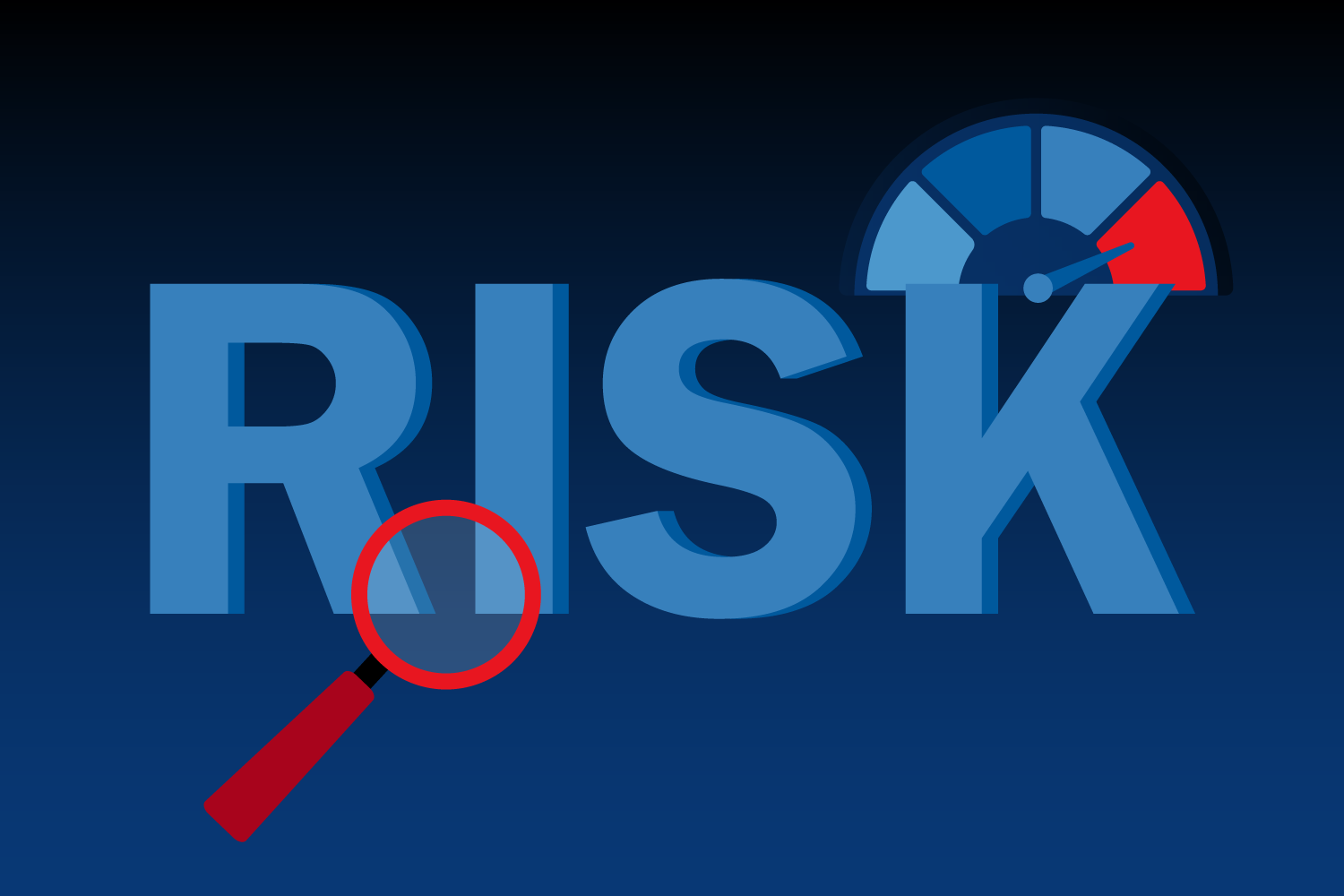Innovation in investment banking has traditionally focused on speed, scale, and quantitative precision. But as genAI gains traction, a new focus is entering the equation: creativity. Creativity is emerging...
Regulatory risk encompasses the potential for financial loss, operational disruption, or reputational harm when an organization fails to meet the requirements of applicable laws, regulations, or internal...
For Partners in investment banking, the real opportunity in genAI lies in accelerating insight, boosting client value, and protecting margin. Generative AI is rapidly becoming a differentiator in financial...
When it comes to the data used for predictive modeling and risk management, you can’t afford to leave anything to chance. Risk managers today have an ever-increasing number of AI applications and risk...
Risk management is paramount to the upkeep and success of a business. To make sure you are staying compliant, you should continuously check all operations for potential pitfalls, like illegal trades or...

Are you managing reputational risk as effectively as you should? Every year, the Axios Harris Poll 100 surveys 40,000+ Americans on companies on consumers’ radar—for good or for bad. Then, the Top 100 companies on the list are ranked across seven key dimensions of reputation. While some companies continually rank high in the hearts and minds of Americans (Trader Joe's and Patagonia regularly top the list), others have seen the impact that negative news coverage can have on consumer sentiment.
Of course, it’s hard to quantify the value of a ranking like the Harris Poll 100. But research into reputational risk and financial performance conducted by Oxford Metrica on behalf of global consulting firm PwC found that when organizations respond proactively to an adverse event, they experience “a 25% premium in share value” compared to those that have not. Clearly, it pays to keep reputation risk on your radar. Here are ways to keep apprised of adverse media monitoring to mitigate any hits to your reputation.
How to mitigate reputational risk with adverse media monitoring
Regulators increasingly expect organizations to have adverse media monitoring in place for their own company and all high-risk relationships to keep track of financial crime, bribery, and corruption. That seems like a tall ask—especially in an age where digital media has both increased news volume and accelerated the spread of news and misinformation. In this section, we'll go over what you should consider when managing your reputational risk and tools to help make the process more efficient.
Creating a reputational risk management framework
Time is of the essence when your corporate reputation is on the line. To manage both the volume and velocity of round-the-clock news—not to mention other reputation-endangering factors like association with third parties found to have acted unethically or irresponsibly—you need a consistent, continuous process. By automating the process, you enhance visibility into potential red flags while also freeing up human resources for further investigation and analysis.
An out-of-the-box solutions like Nexis® Entity Insight makes it easy to align third-party monitoring to your organization’s risk appetite using a PESTLE framework. You prioritize risk across political, economic, social, technological, legal, and environmental factors. Entity Insight does the heavy lifting, continuously surfacing potential threats and displaying them in an easy-to-decipher dashboard that highlights mentions of key suppliers or other third parties in sanctions lists and across an unmatched collection of global news sources. It also offers insights into the financial stability of the third parties your organization relies on.
Want to integrate adverse media into in-house risk management systems, robotic process automation or AI-enabled analytics? Nexis® Data as a Service makes it simple, with customizable adverse media feeds that deliver relevant data via flexible APIs.
Ask the right questions when negative news is uncovered
Martin Woods, a former detective turned compliance officer, writes in Compliance Week that when adverse media monitoring surfaces potential threats, risk professionals need to consider a variety of factors—from the age and number of negative media reports to any mentions of litigation.
He also recommends asking questions like:
- Does the media group have a known political bias that may be relevant to the assessment? This is critical in the age of fake news, misinformation and disinformation. Multi-source verification of adverse stories can bring clarity so that you aren’t inadvertently led down a rabbit hole because news has been distorted.
- Does the media alert align with what you already know about the third party? If not, can the third party answer any questions you have regarding the negative news?
By evaluating the source of the news—as well as the news itself—you will be better positioned craft a response that protects your organization more effectively. As Woods notes, “Doing nothing with negative media alerts is not a good strategy. For sure, some reports can be expediently dismissed, because of political motivation or the minor nature of some allegations, but all negative media alerts need to be resolved and be seen to have been resolved, appropriately.”
Get ahead of risks to your reputation
Do you have the right sources and technologies in place to stay ahead of potential reputation risks? Whether you're paying attention to negative news coverage, doing your due diligence with research solutions, or monitoring the current business landscape, the right technology can help streamline your process and efficiently embed risk management into your routines.
Don't know where to start? See how Nexis Solutions helps organizations keep pace with reputational risks—including those that can negatively impact your brand—and your bottom line.